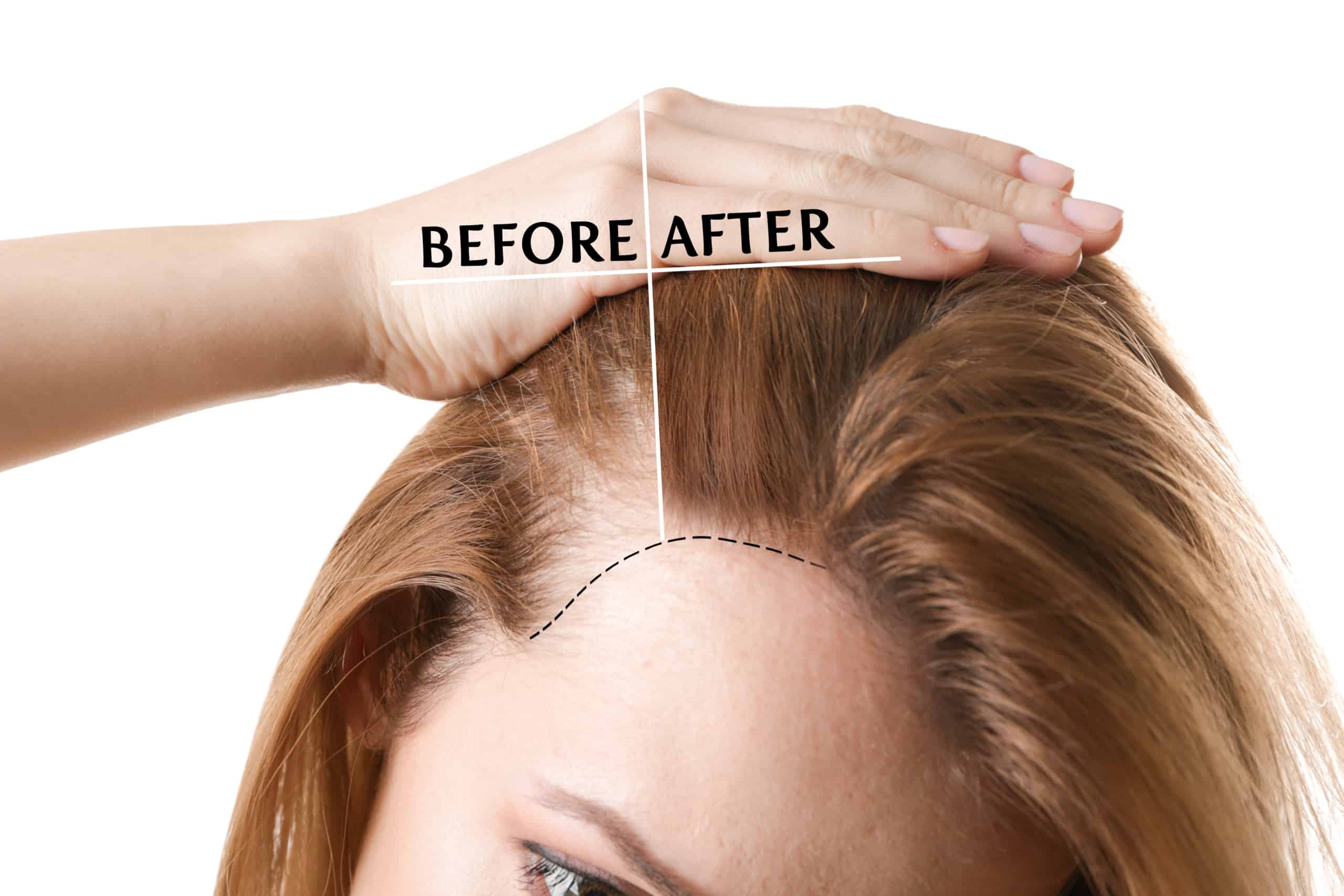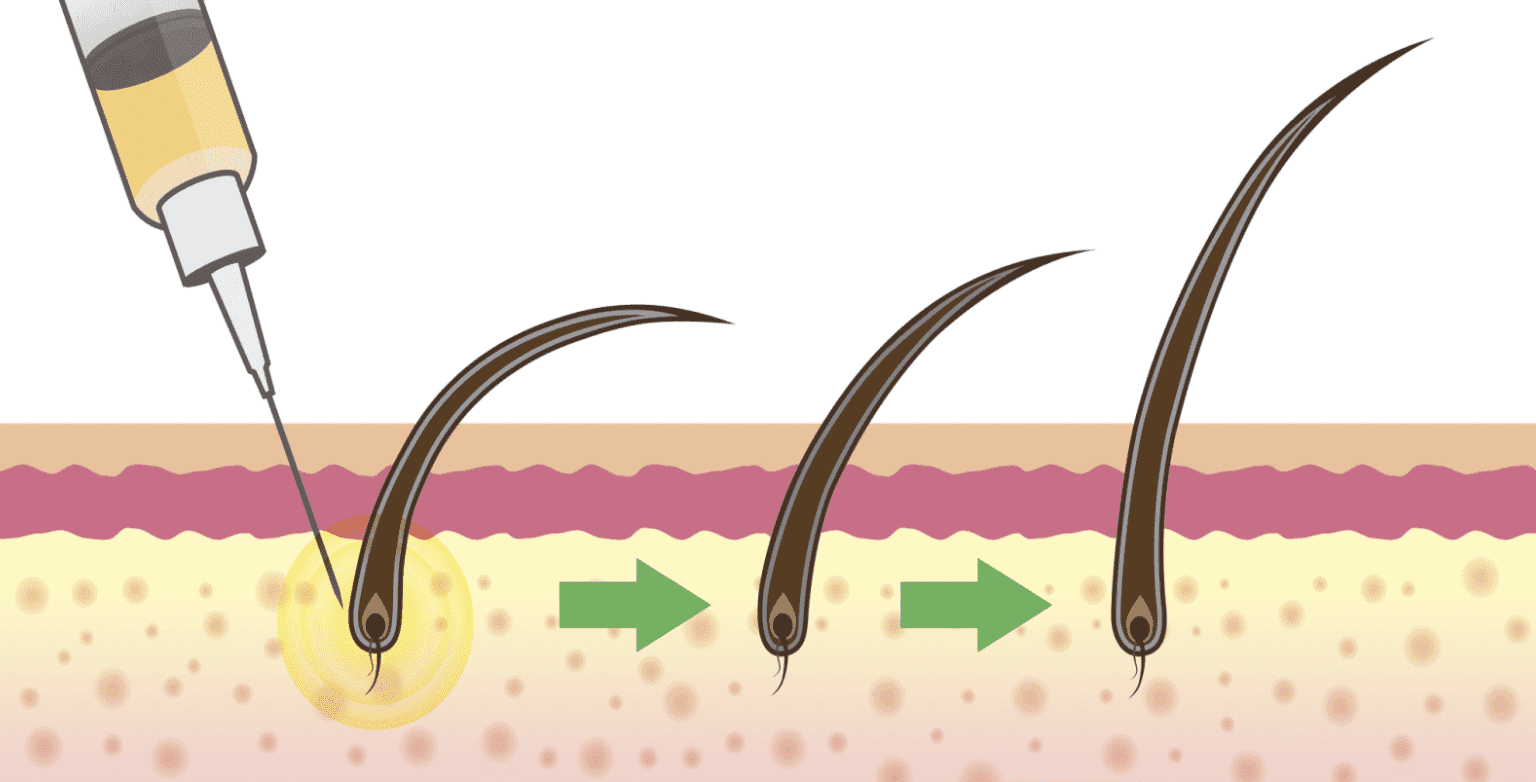New Developments Emerge in the Use of Stem Cell Therapy as a Hair Loss Treatment
Hair loss is an affliction that affects four out of five men and two in every five women. And the most common form of the condition is called androgenetic alopecia.
Hair loss isn’t deadly, painful, or physically debilitating, so it doesn’t always get the attention it deserves. But millions of people suffer from the mental effects of premature hair loss every day. Whether that’s depression, anxiety, or self-esteem issues, living with pattern baldness is very difficult for many.
Despite the stress and worry caused by seeking ways to reverse pattern baldness, most sufferers would rather overcome their condition rather than learn to live with it. Unfortunately, the various medications and treatments available offer only limited results. Until recently, prescription drugs, hair transplants, and a range of unproven therapies were the only options. But recent research into the use of stem cell therapy has given androgenetic alopecia sufferers everywhere cause for optimism.

Why Stem Cell Therapy for Hair Loss Is Great News for Sufferers
Until very recently, the most effective treatments for androgenetic alopecia were the topical medication Minoxidil and the oral drug for male sufferers Finasteride. But both these options require continual use; otherwise, the results they deliver are eventually reversed.
Patients who either aren’t suitable for hair loss medications or don’t respond to them are sometimes offered a hair transplant. But this invasive procedure is painful, and it’s only effective for people with a receding hairline. For people with thinning hair—common in women— transplantation simply isn’t an option.
Millions of people around the world are forced to live with the mental effects of hair loss because the traditional treatments for the condition are unreliable. So when scientists discovered a link between stem cell injections and hair regrowth, androgenetic alopecia sufferers were given fresh hope.
Several studies into stem cell therapy have concluded that the treatment is safe. And because androgenetic alopecia is caused by problems with natural stem cells in the scalp, replacing them with cells from other areas of the body seems to be the perfect solution.

The Science Behind Stem Cell Therapy for Pattern Baldness
Lymphocytes (immune cells) are found in areas where hair follicles are present. They exist side-by-side with follicle stem cells. The combination of these immune cells and a range of hormonal factors can interrupt the correct functioning of follicle stem cells. So, while the number of follicles never changes, the way they function does. The progenitor cells in follicles degenerate and die over time, which leads to the production of thinner, more fragile hair. Eventually, certain follicles can stop working altogether.
By replacing dead or dying stem cells in hair follicles with stem cells from other areas of the body, clinicians can ‘jump-start’ the production of healthy hair. A few small-scale studies have backed up this hypothesis, but much more research is required before a definitive link is proven.
One method of stem cell therapy that is already delivering positive results involves harvesting stem cells from other areas of the body—usually the abdominal fat or bone marrow. After purification in a lab, the stem cells are then injected into the patient’s scalp. Dr Shin and their research team used this method during a study on 27 women with pattern baldness. A significant increase in hair volume was recorded in all the test subjects who received stem cell injections.
A different approach involves the use of exosomes—component parts of stem cells that contain all the molecules that facilitate repair and regeneration. The advantage of using exosomes instead of stem cells is that they can be administered without surgery.
While more research into this area is needed, the use of stem cell therapy as a treatment for hair loss is increasing quickly. Millions of hair loss sufferers wait in hope.
Do you have questions?
We have answers. Speak with a Cendant Care Coordinator today with no obligation. Give us a call!






